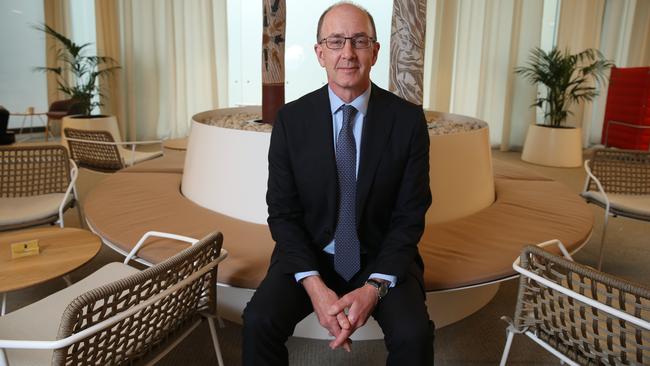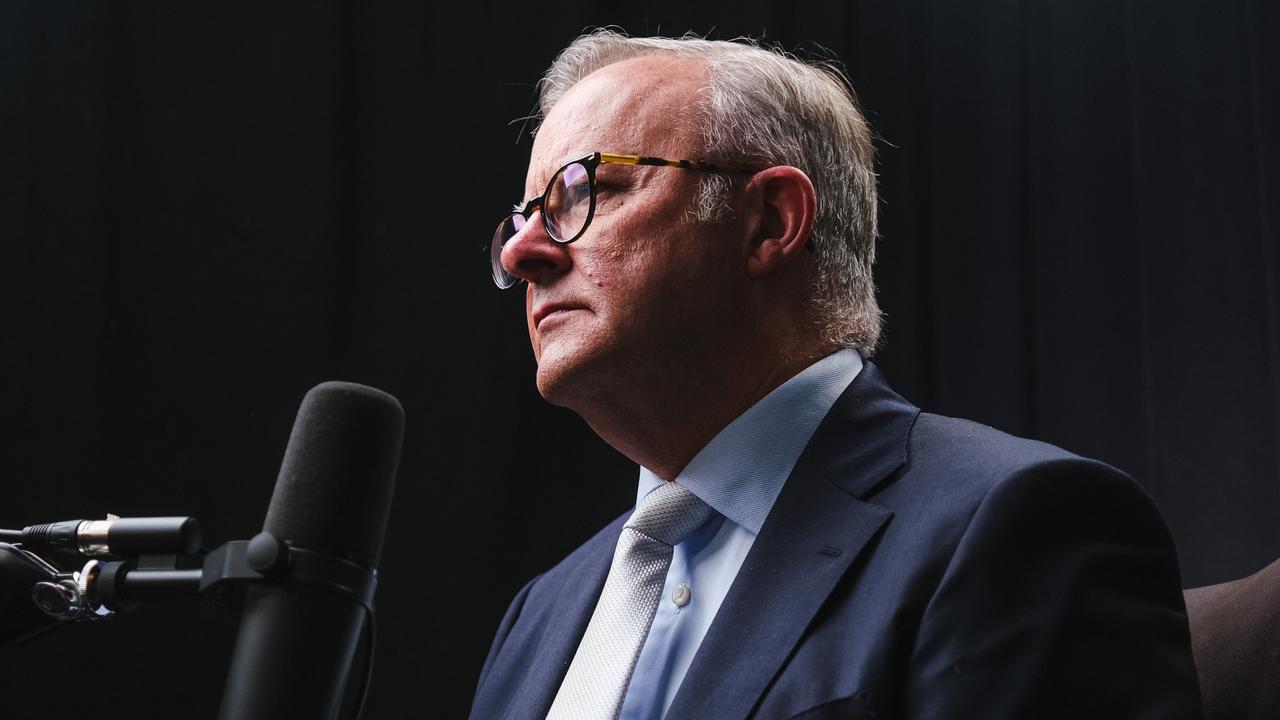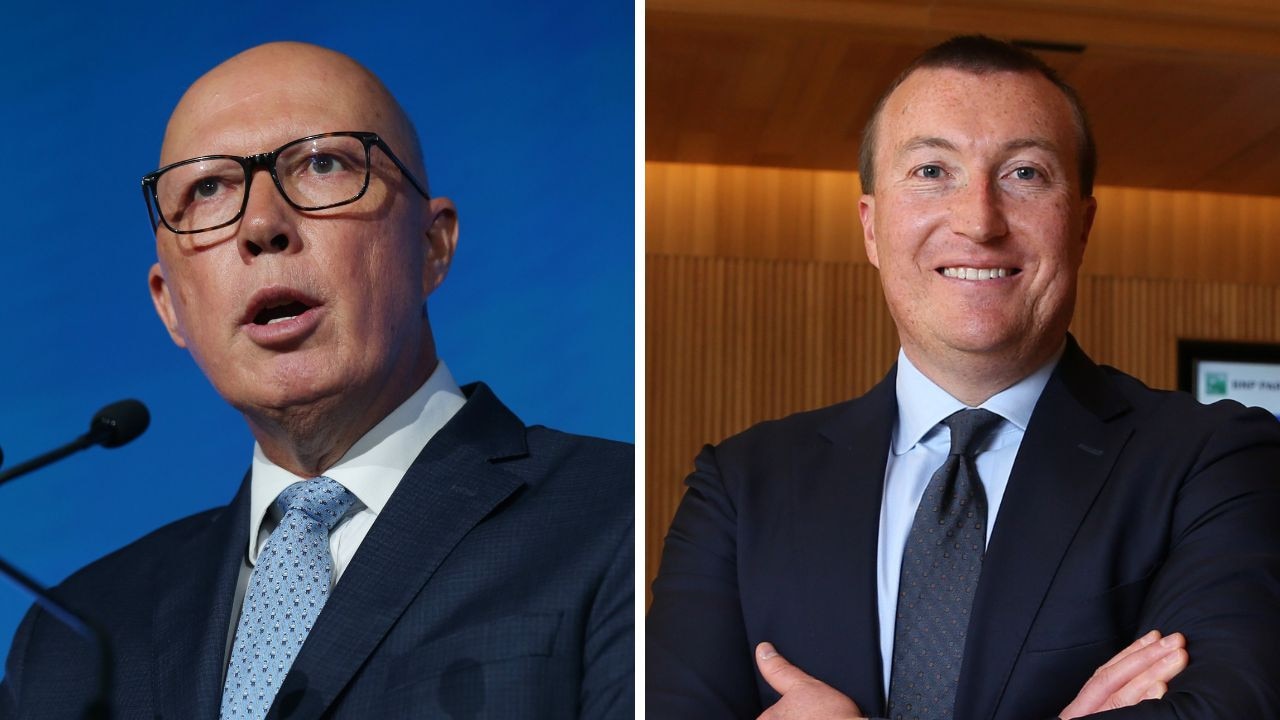Ailing NFP sector badly hit by virus
COVID-19 has taken its toll on Australia’s not-for-profit organisations, with the majority set to make a financial loss this year.

COVID-19 has taken its toll on Australia’s not-for-profit organisations, with the majority set to make a financial loss this year.
The sector had been struggling anyway, with 40 per cent of NFPs recording a loss within the past three years, a new report finds.
The annual Australian Institute of Company Directors report on NFP performance finds the worst-affected areas were the arts, sport, health and aged care.
The results would have been worse if not for the JobKeeper program continuing through 2020, the survey of more than 1000 organisation leaders told the AICD.
The NFP sector includes cultural and arts organisations, educational institutions, social services, health services, environment and housing organisations and philanthropic groups.
“Many organisations entered the pandemic facing serious financial challenges and COVID-19 intensified that pressure,” AICD managing director Angus Armour said.
“Just when demand for NFP services increased, their revenue took a huge hit. The government’s JobKeeper program has been nothing short of a lifeline for many, but significant concerns remain about how organisations will manage when the current scheme ends.
“Given the vital role these organisations play in our society, targeted assistance is required to ensure these organisations survive over the long-term,” he said.
The report found the proportion of NFPs expecting to make a profit in 2020 had fallen from 54 per cent in FY2019 to 48 per cent in FY2020.
It said the diversity of the sector meant some could continue to rely on sources of income through the COVID pandemic, but others could not and might require targeted assistance.
“Organisations in the arts, sport, health and aged-care sectors (are) seeing greater impacts than those in other sectors,” the report concluded.
“Sources of funding also played a significant role, with those reliant on government funding faring better than those reliant on philanthropy and face-to-face fundraising.”




